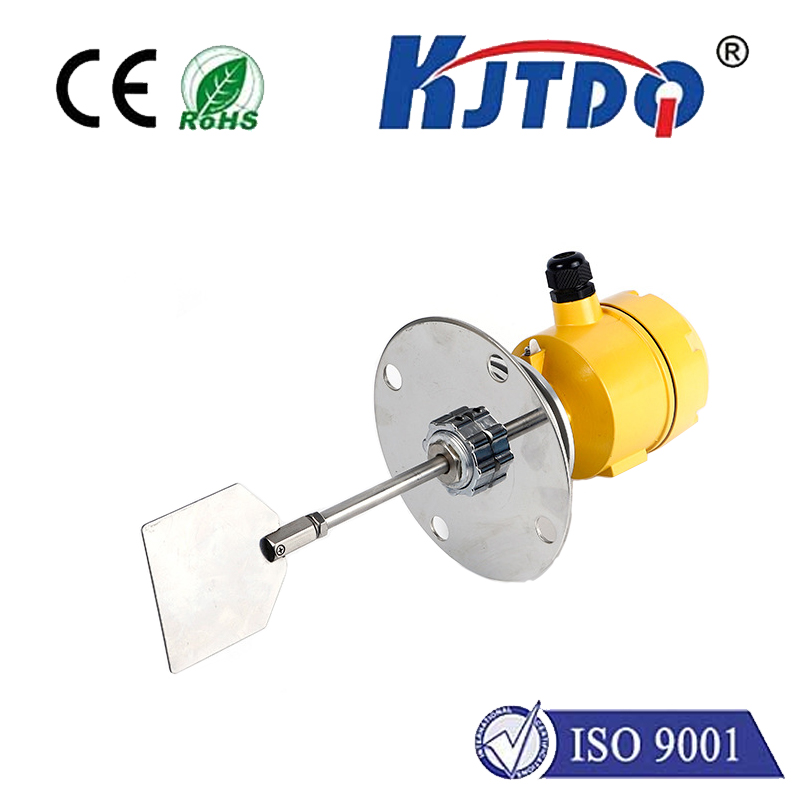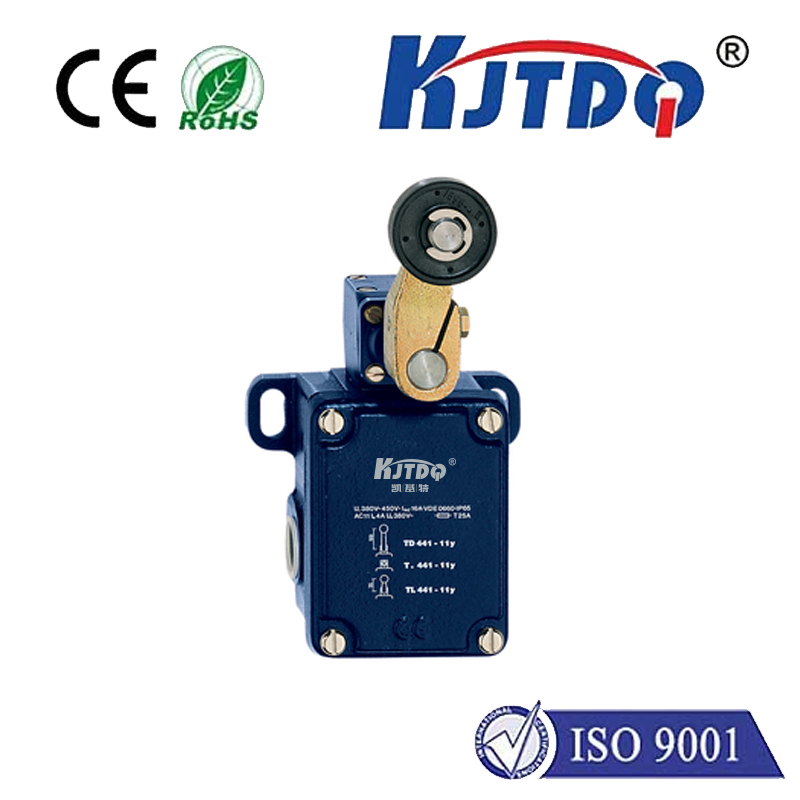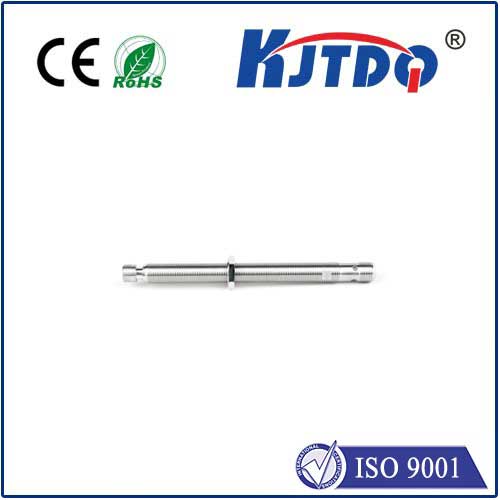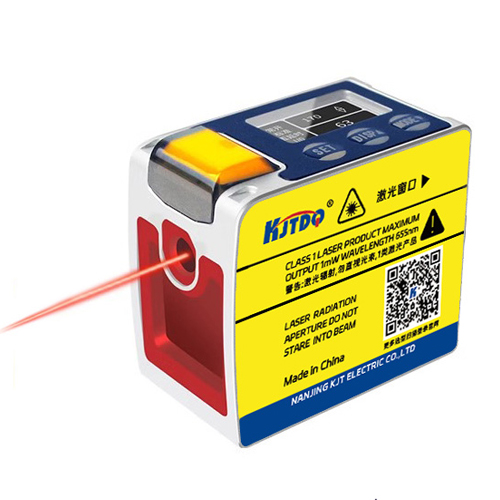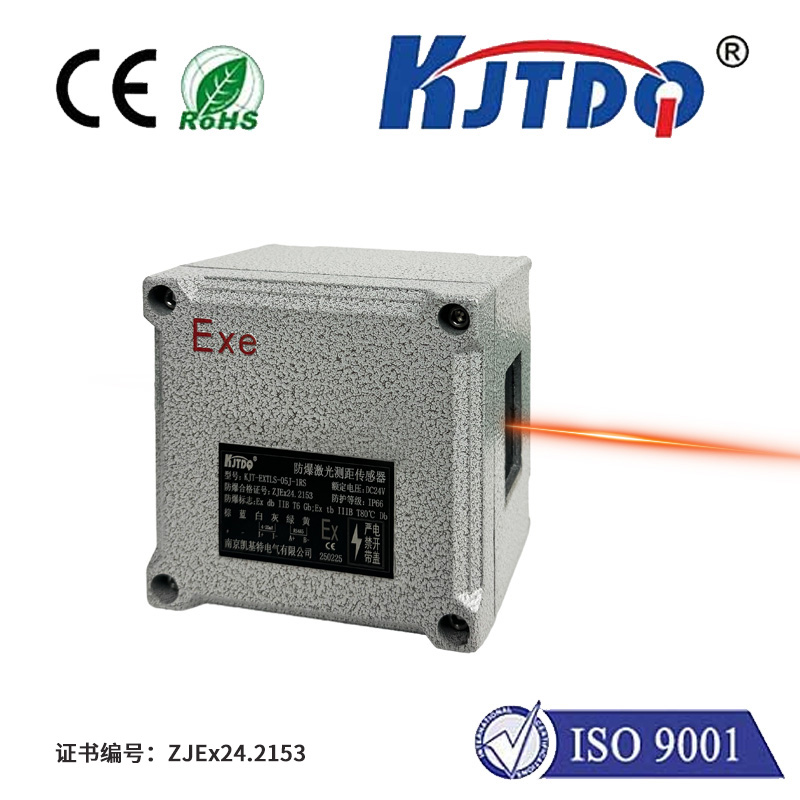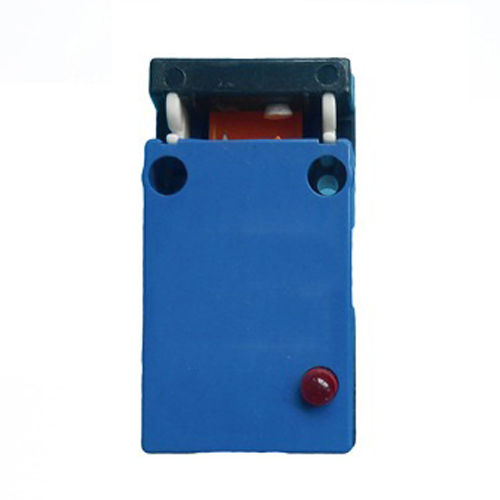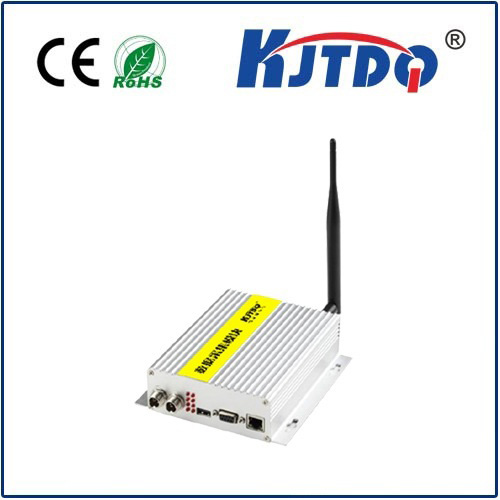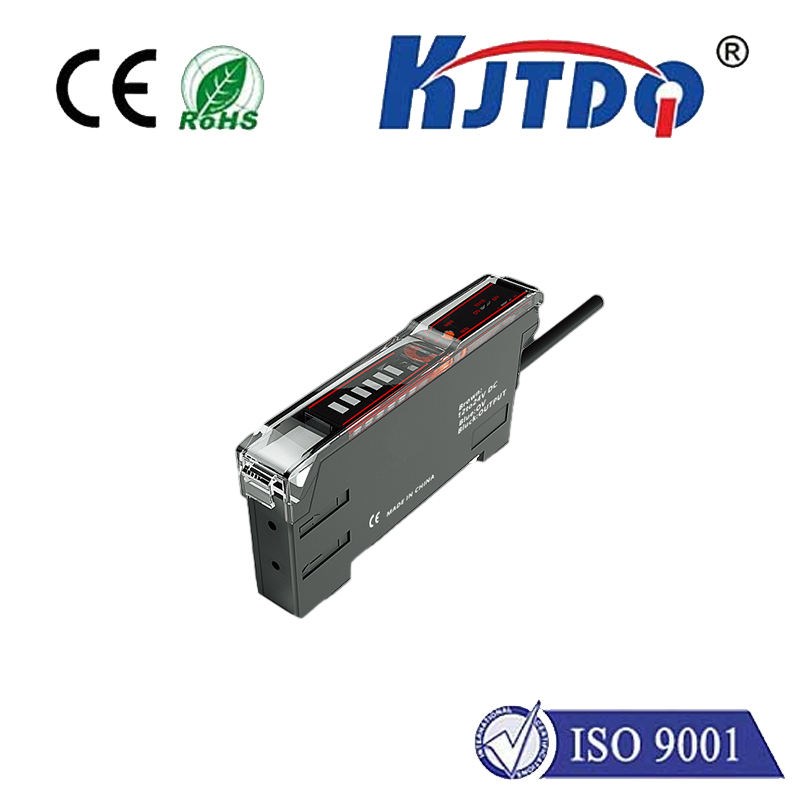inductive proximity npn sensor
- time:2025-09-09 00:58:47
- Click:0
Inductive Proximity NPN Sensors: The Unseen Guardians of Automation
Look around any modern factory floor, automated assembly line, or even complex machinery. Beneath the whirring motors and moving parts lies an invisible network of silent sentinels. Often unnoticed but utterly essential, inductive proximity sensors, particularly those with NPN outputs, form the bedrock of reliable non-contact detection in countless industrial applications. If metal needs to be sensed reliably, without physical touch and in tough environments, these workhorses are likely on the job.
Demystifying the Core Principle: Electromagnetic Sensing
At its heart, an inductive proximity sensor operates on the fundamental principles of electromagnetism. It contains four key components:
- Oscillator Circuit: Generates a high-frequency alternating electromagnetic field that radiates from the sensor’s active face.
- Detection Coil: This coil produces and projects the electromagnetic field.
- Signal Evaluator: Constantly monitors the characteristics of the generated field.
- Output Stage: Switches based on the evaluator’s signal (NPN in our case).
When a ferrous (iron-based) or non-ferrous (like aluminum, brass, copper) metal object enters this electromagnetic field, eddy currents are induced on the surface of the target. These eddy currents draw energy from the sensor’s oscillating field.
The Critical Switching Moment: Amplitude Matters
The energy loss caused by eddy currents directly impacts the oscillation amplitude. As the target gets closer:

- Eddy currents increase.
- Energy drawn from the oscillator increases.
- The oscillation amplitude decreases.
The signal evaluator circuit is finely tuned to detect this specific drop in amplitude. Once the amplitude falls below a predefined threshold (indicating the target is within the sensor’s specified sensing range), it triggers the output stage to change state.
The “NPN” Distinction: Understanding the Output
This is where “NPN” becomes crucial. It describes the type of transistor used in the sensor’s output switching circuit and, consequently, the electrical behavior of the signal it provides when activated.
- NPN Transistor: This is an N-P-N junction semiconductor. In the context of a proximity sensor output:
- When active (target detected), the NPN transistor sinks current to ground (0V).
- The output signal line effectively becomes a path to the negative supply (often termed “negative switching”).
- Resulting Output Behavior (Typically):
- No Target: Output is in a high-impedance state (essentially “open”). The load connected to the sensor’s output wire (like a PLC input) sees voltage close to its supply voltage (e.g., 24V) through its own internal pull-up resistor or circuitry.
- Target Detected: The NPN transistor activates, sinking current. This pulls the output signal line down close to 0V relative to the sensor’s negative supply (common/ground).
Why Choose an Inductive Proximity NPN Sensor?
The combination of inductive sensing and NPN output offers compelling advantages:
- Non-Contact Operation: Eliminates wear and tear on both the sensor and target, ensuring long operational life and reliability. Physical contact is unnecessary.
- High Reliability & Repeatability: Immune to contaminants like dust, dirt, oil, and moisture (within specified IP ratings), making them ideal for harsh industrial environments. Provides consistent detection at the specified sensing distance.
- Fast Response Times: Capable of detecting objects moving at high speeds, essential for high-speed counting or positioning applications. Switching frequencies often reach hundreds of Hz or kHz.
- Robust Construction: Typically housed in rugged stainless steel or nickel-plated brass barrels, resistant to mechanical impact and chemical exposure.
- Cost-Effectiveness: Provides a highly reliable sensing solution at a competitive price point compared to many alternatives.
- NPN Output Compatibility: NPN sensors are the standard choice in many regions (like Asia and Europe) and perfectly match the requirements of sinking input modules on Programmable Logic Controllers (PLCs), which are extremely common in industrial control systems. They provide a clear, switched-to-ground signal.
Key Considerations When Selecting an Inductive Proximity NPN Sensor
Choosing the right sensor ensures optimal performance:
- Sensing Range (Sn): The nominal distance at which the sensor reliably detects a standard target. Don’t operate at the absolute limit; consider 75-80% of Sn for consistent operation.
- Target Material: Standard sensors are calibrated for mild steel. Reduction factors apply for non-ferrous metals (e.g., aluminum may require a sensor with 2x the nominal Sn). Check sensor datasheets.
- Shielded vs. Unshielded:
- Shielded: Can be flush-mounted in metal. Shorter sensing range. Magnetic field is focused forward.
- Unshielded: Requires non-metallic surroundings. Longer sensing range. Magnetic field extends radially.
- Output Configuration: Confirming NPN is essential. Also specify Normally Open (NO) or Normally Closed (NC) switching logic.
- Connection Type: Cable exit (axial, radial) or connector types (M8, M12).
- Environmental Factors: IP rating (ingress protection), temperature range, resistance to specific chemicals or welding spatter.
- Electrical Specifications: Operating voltage (e.g., 10-30V DC - common for 3-wire sensors), current rating (mA), residual current (when off), leakage current (when on for PNP, crucial for NPN compatibility).
Where the Magic Happens: Real-World Applications
Inductive proximity NPN sensors are ubiquitous. You’ll find them:
- Machine Tooling: Detecting tool position, turret indexing, workpiece presence/clamping in CNC lathes and machining centers.
- Material Handling: Monitoring object positions on conveyors, detecting pallets, confirming elevator/crane positioning, and end-of-travel limits.
- Automotive Assembly: Countless points for verifying part presence (engines, doors, axles), confirming robot arm position, and controlling cylinder stroke endpoints.
- Packaging Machinery: Detecting metal components on lines, controlling filling levels (via metal flags), and verifying cap placement.
- Robotics: End-effector position feedback, collision detection limits, and gripper jaw sensing.
- Fluid Power Systems: Cylinder piston rod position detection for precise hydraulic/pneumatic control.
Choosing Wisely: Shielded, Unshielded, and the NPN Factor
Understanding your mounting environment is critical. Shielded sensors offer installation flexibility within metallic structures. Unshielded sensors provide the extra reach when needed. And crucially, ensuring the output type (NPN) matches the input requirements of your controller (typically a PLC sinking input) avoids frustrating wiring and logic errors. Confirming NPN NO (Normally Open) or NPN NC (Normally Closed) aligns with the desired safety or control logic for your application.






